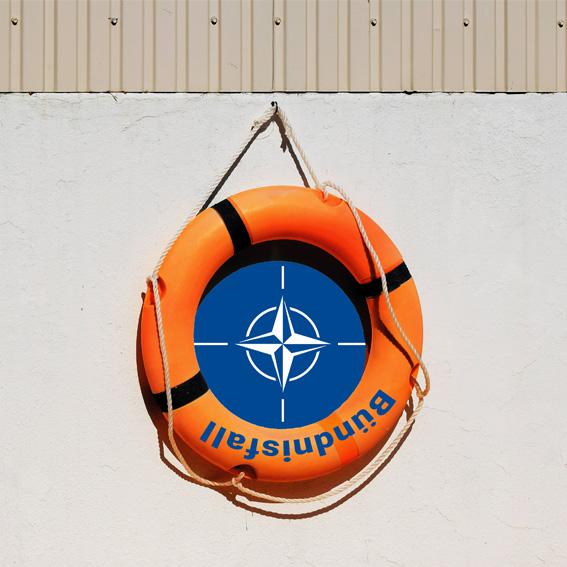The case of the alliance
The NATO alliance case is governed by Article 5 of the Washington Treaty of 1949. The alliance case is a central element of the collective security of NATO member states. It is intended to deter potential attackers and ensure the security of all Member States.

"The parties agree that an armed attack against one or more of them in Europe or North America will be considered an attack against them all." (Source: NATO Article 5, first sentence)
This article contains one of the most important statements in the North Atlantic Treaty. Enshrined in this is the so-called alliance case – a joint self-defense of NATO members. If an attack on a NATO member state takes place, the alliance case is determined and declared by the NATO Council. According to the treaty, all NATO members must then take measures "to restore and maintain the security of the North Atlantic area." This also means using armed force against the aggressor. The alliance case is an exception to the otherwise valid prohibition of the use of force by NATO and its members.
In the history of NATO, the alliance case has only come into force once: after the terrorist attacks in the United States on September 11, 2001. In view of the Ukraine war, the alliance case does not apply, as the country is not a member of NATO.

